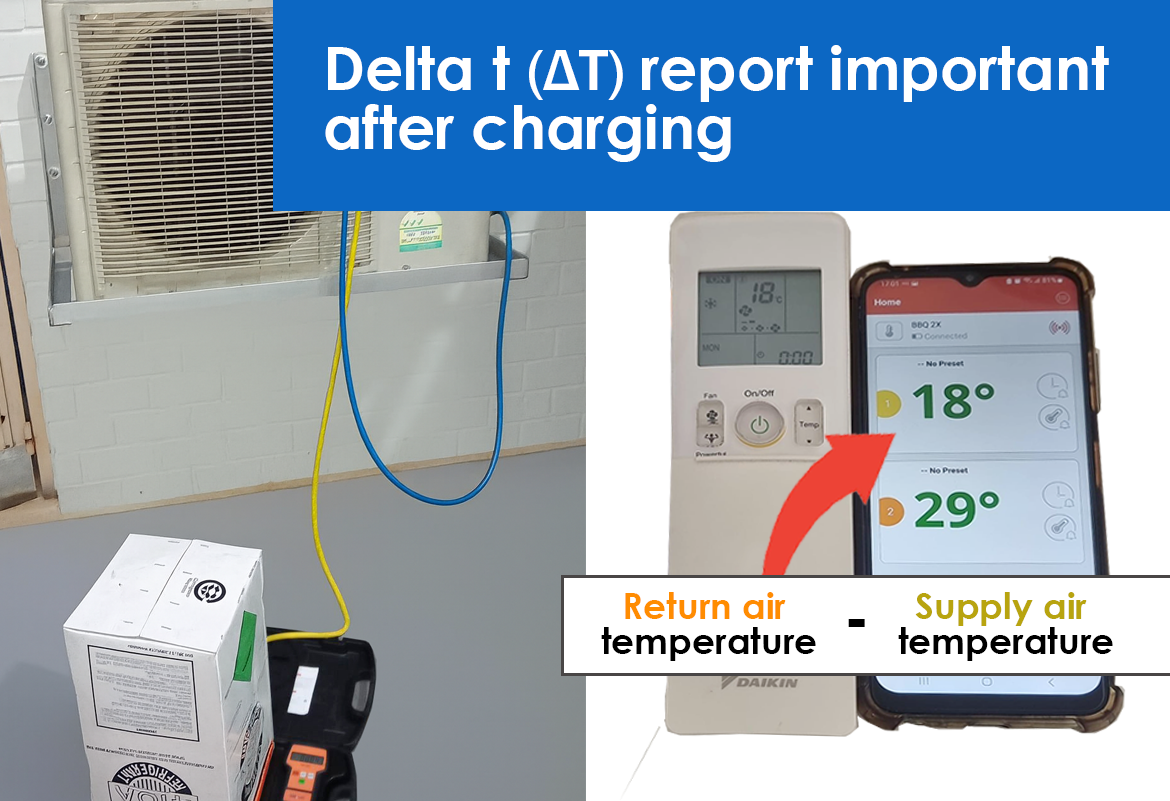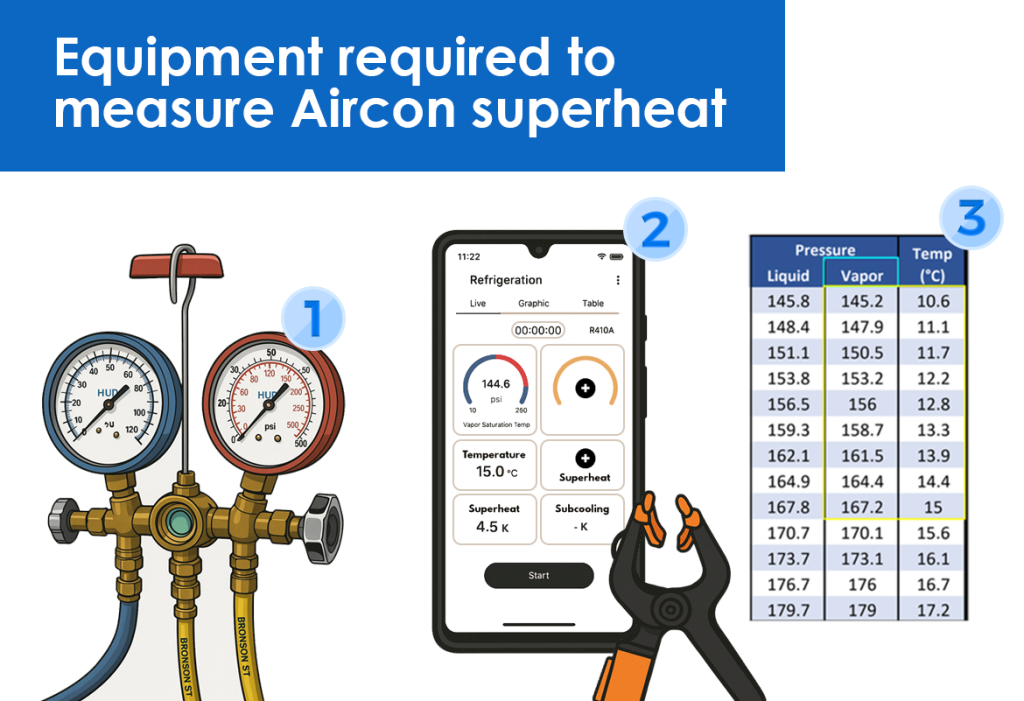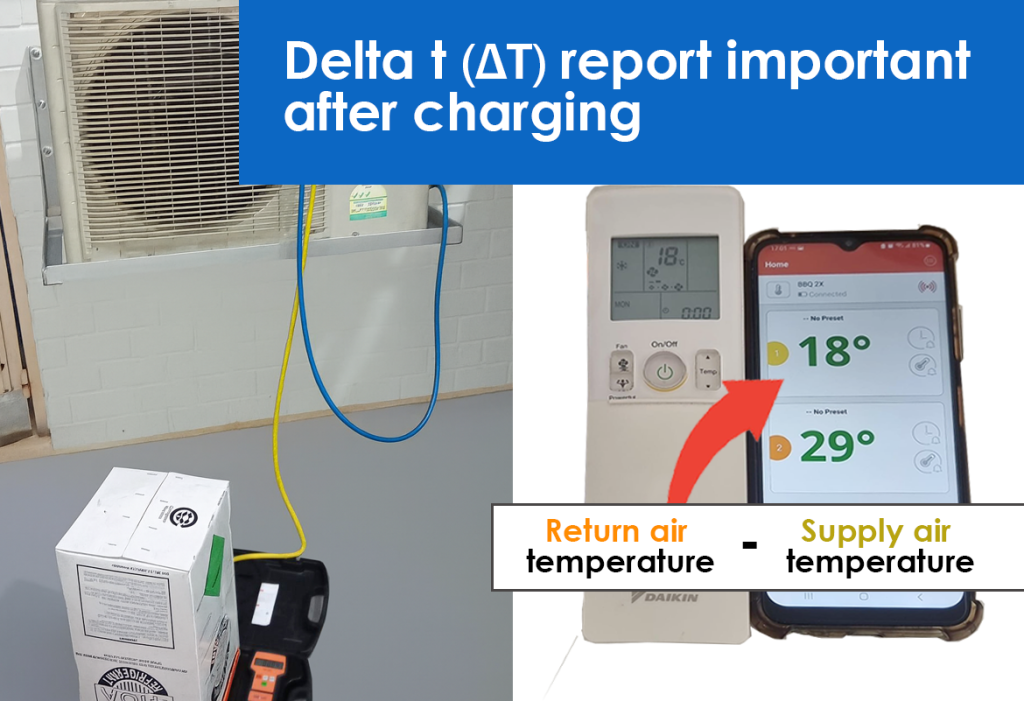A Delta T report, which measures the temperature difference between two points (like supply and return air in HVAC), is important after charging a system because it provides insights into the system’s performance and efficiency. It helps determine if the system is operating optimally, identify potential problems, and optimise energy usage.
Here’s why Delta T reports are crucial after charging:
- Performance Monitoring:
Delta T helps track the temperature difference across a system’s components, like a chiller or a heat exchanger. This difference indicates the heat removal effectiveness.
- Identifying Problems:
A deviation from the expected Delta T can signal issues like:
- Improper airflow: A high Delta T might indicate restricted airflow.
- System malfunction: A low Delta T could point to a problem with the system’s cooling capacity or a leak.
- Optimizing Energy Efficiency:
Knowing the Delta T allows for adjustments to system settings and maintenance to improve energy usage.
- Proactive Maintenance:
Regularly monitoring Delta T can help detect issues before they become major problems, preventing costly repairs and downtime.
- Ensuring System Health:
By understanding the Delta T, technicians can ensure that the system is operating at the right temperature difference, which is critical for the longevity and reliability of equipment.
In summary, Delta T reports after charging provide a crucial snapshot of a system’s performance, enabling proactive maintenance, energy optimization, and the early detection of potential issues, ensuring the long-term health and efficiency of the system.





Leave a Reply